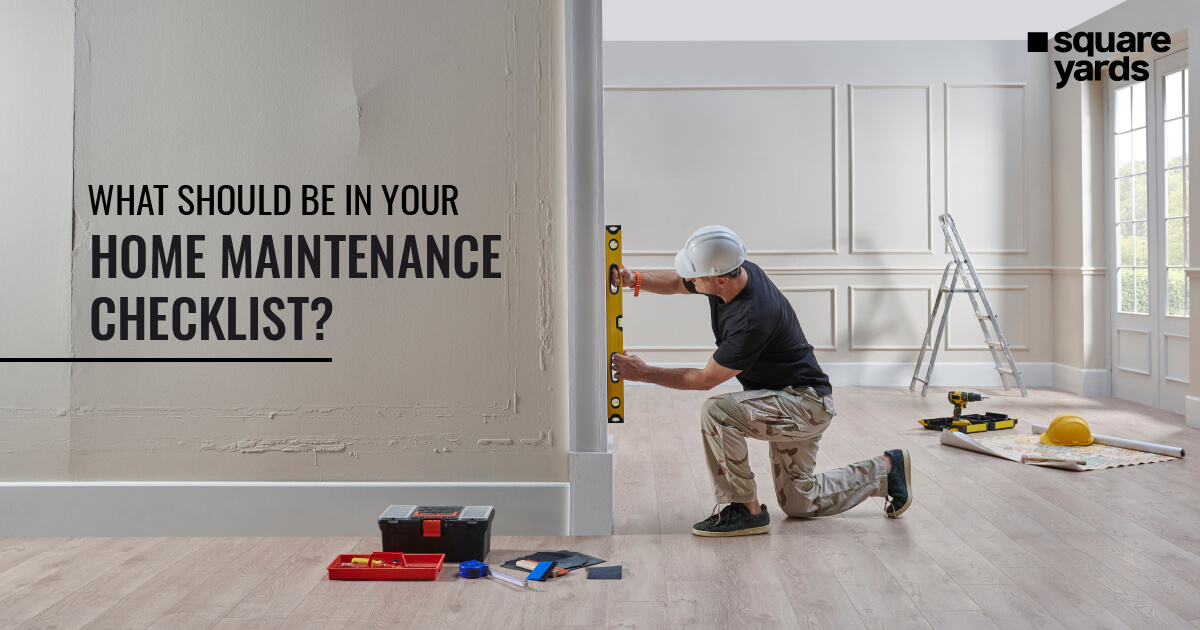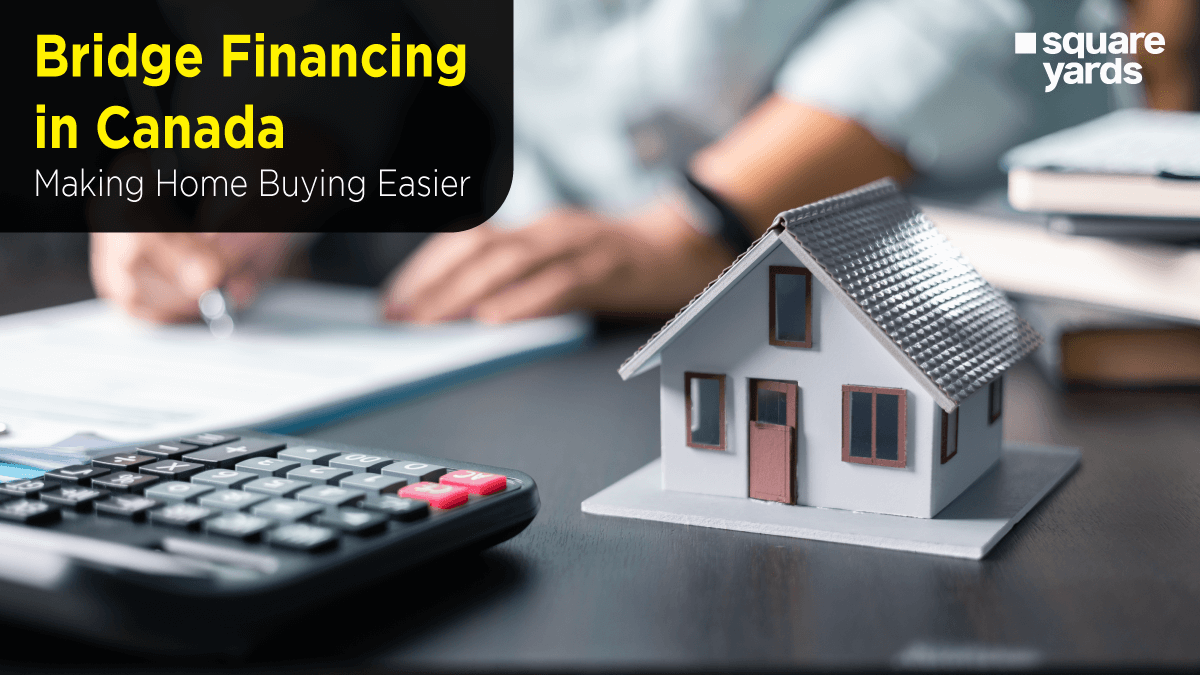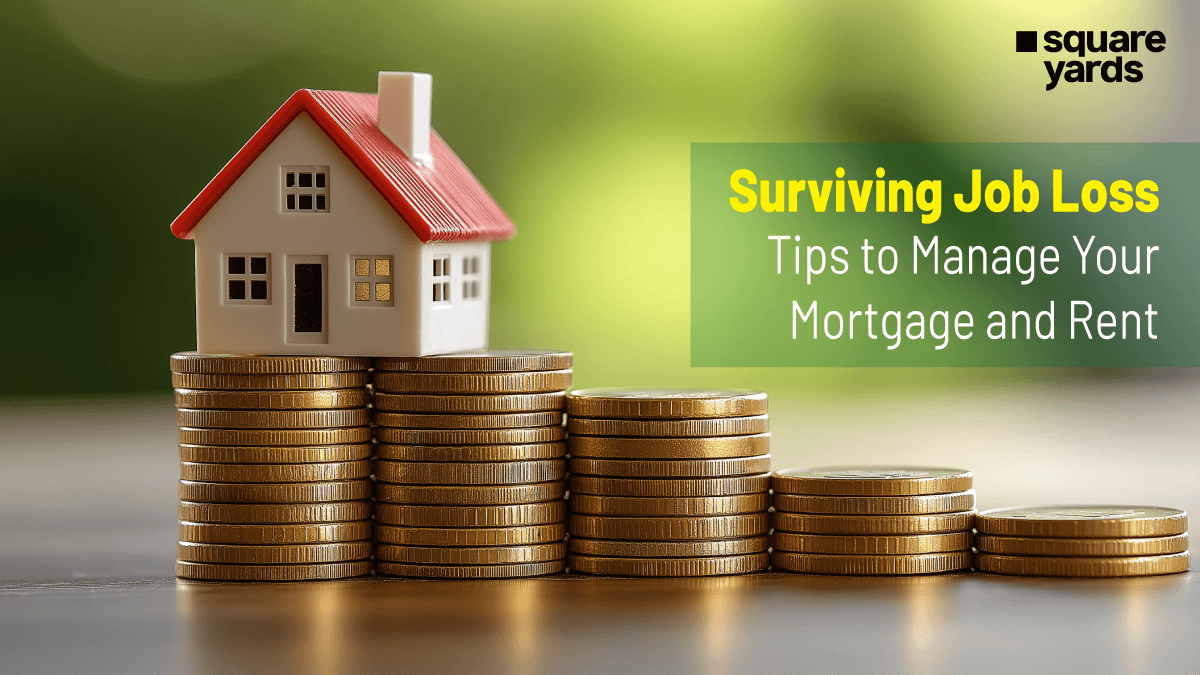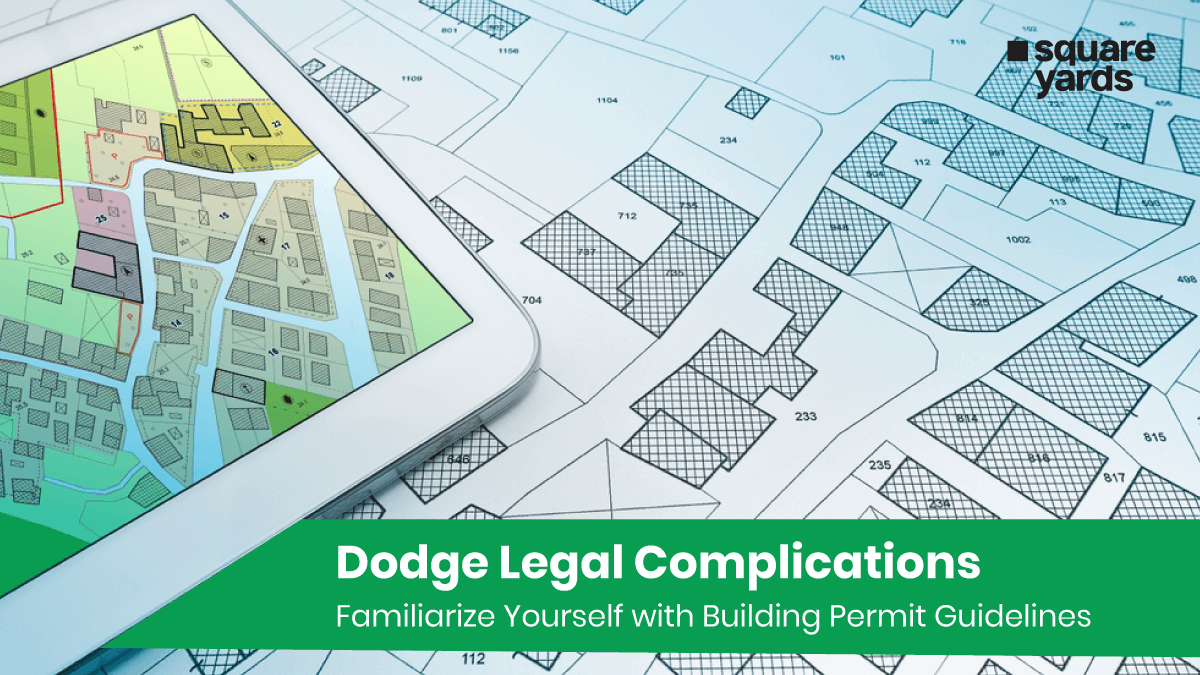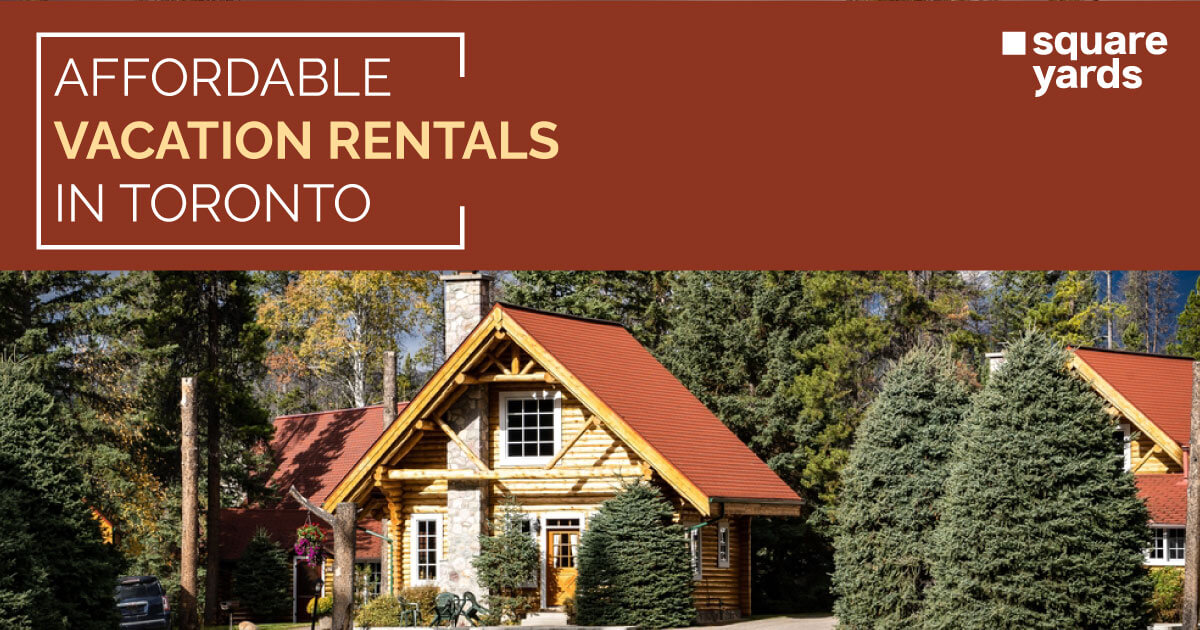Now that you’ve bought a home, it’s time to take care of it. You probably do, but knowing what needs to be on the list is important. That’s where the ‘Essential Home Maintenance Checklist’ comes in handy. This all-in-one guide helps homeowners systematically handle maintenance tasks, ensuring every part of their home stays in excellent condition. In this blog, we’ll dive into the key aspects of home care, covering everything from seasonal chores to regular inspections, so you can catch minor issues before they turn into costly repairs.
By following these tips, you can keep your home looking great and running smoothly for years to come!
Monitor Your Insulation Regularly
A well-insulated home avoids temperature swings, maintains a comfortable atmosphere, and has low energy costs. A common problem area is doors and windows; you may inspect yours by putting a candle or lighter up close. There’s a draft if the flame flickers a lot. Replacing the old weather stripping usually solves this issue; if not, you may need to re-caulk the frame edges. HVAC vents and plumbing gaps are additional trouble spots. Expanding foam works great and is simple to use for larger holes. Additionally, inspect the joints in HVAC ducts and apertures and add insulation if needed. It’s worth hiring a qualified home inspector to evaluate your crawl spaces, walls, attic, and roof to identify any issues.
Inspect Your Plumbing System
Water waste is another expense that can accumulate over time, so it’s important to have frequent plumbing inspections added to your home maintenance checklist. Shower fixtures and leaky faucets are frequent issues, but they are quite simple to identify and can typically be fixed for a reasonable price. Unexposed leaky pipes can be more difficult to find, so look for abrupt moist spots and decreased water pressure. The toilet is another location to look for leaks.
Lastly, clear off anything pressing on drainage pipes beneath washbasin cabinets, which could lead to leaks. Because of the clutter, it may be difficult to recognise this until the damage is done. Remember that remodelling a kitchen or bathroom ruined by water can cost thousands of dollars.
Keep Your HVAC System in Good Working Order
HVAC systems, the foundation of every home’s heating and cooling system, must be serviced regularly. When these systems are in continuous operation, replace the filters twice a week and ensure they receive a professional inspection at least once a year. Early summer is a perfect time to inspect your air conditioner. Wintertime inactivity can lead to internal unit dirt accumulation, eventually resulting in severe problems. Cleaning your air conditioning equipment thoroughly makes sense to increase longevity and boost efficiency.
Unmount the device, disconnect it, and set it outside in the yard. After that, remove the filters and use water to clean the cooling coils of dust or debris. A mild detergent should remove grease and oil particles before thoroughly rinsing. Before refitting, let it dry in the sun for a few hours. If the device is noisy, slow, or non-functional, bring in an expert to ensure a proper inspection.
Repair and Maintain Your Refrigerator
A badly maintained refrigerator can rapidly deplete water and energy. Ineffective door seals are among the most frequent problems. This little problem could cost you hundreds of dollars annually. Thankfully, fixing it is typically inexpensive and simple. Put a $1 bill in the refrigerator door and close half of it to see if your seals are functioning properly. If pulling it out is simple, your seals need to be changed.
Make sure to regularly clean your refrigerator, especially the cooling coils at the back. They tend to accumulate dirt and dust quickly, which can hinder their performance. If ice starts to accumulate in your refrigerator or freezer, be careful to defrost it. Remove everything from the interior, disconnect the appliance, and keep the door open to allow the ice to melt. Ensure you allow enough room in your refrigerator for air to circulate when you fill it with goods.
Take Care of Your Additional Appliances
Regarding energy usage, your clothes dryer is yet another major culprit. Reduce the risk of a fire and drying time by cleaning the lint trap after each usage. Check the dryer vent as well to make sure it is kept clear. Always keep the door open on front-loading washing machines after use to let any water that may have accumulated in the rubber seal dry off and stop the growth of mould and mildew. Remove the detergent tray every time, wipe down the door and seal carefully, and rinse everything well to avoid muck accumulation. Draining your hot water tank at least once a year will help keep sediment from accumulating. As water takes longer to heat, leaving it unattended might shorten its lifespan and increase heating costs.
Maintain and Inspect Your Roof Regularly
If the roof goes wrong, the repairs will be very expensive. As a result, it needs to be maintained by periodically checking it for wear and tear and ageing. Before they cause more serious issues, including water damage, fix any loose shingles, holes, or damaged flashing of the metal seal that covers the joints.
Stay Diligent with Your Garden and Lawn Maintenance
There’s more to maintaining your garden than keeping it attractive. Overgrown trees, bushes, and shrubs can seriously harm your house if neglected. Tree roots, in particular, can split your home’s foundation, necessitating a major and expensive repair project. Remove any overgrown vegetation to ensure you can see what’s happening. Then, plant flowers and other plants to improve the aesthetics of your yard. Next, trim any overhanging branches that are too close to your house so that there is less chance of storm damage. Inadequate soil drainage can lead to foundation deterioration, eventually causing your house to sink and split. If you are experiencing problems with water collecting around your house, get professional advice as soon as possible. Lastly, examine driveways, patios, and walks. Spend some time fixing any minor cracks before they worsen.
Maintain and Wash the Outside of Your House
It is an excellent idea to fix up and clean your home while you are outside. First, ensure the gutters are correctly fixed and not leaking by cleaning them twice or three times a year. After that, tidy up any unclean windows, doors, and walls. If needed, consider painting them. Remember that most exterior paints require reapplication after eight years of use. Examine any damage, especially to wooden windows, doors, and frames, and make the necessary repairs. If you see significant signs of water damage, like peeling paint and decaying wood, try to solve the underlying cause of the problem instead of just treating the symptoms.
Ensure Your Drains Are Unobstructed
Cleaning up your drains is a great idea, and if your drainage is slow, it’s a good idea to have a professional look it over before things worsen. Taking care of your septic tank will help; routine maintenance is recommended. If you haven’t pumped yours in two or three years, it’s worthwhile to do so before summer arrives. Slow-draining and moist, foul-smelling patches of grass and soil outdoors are warning indicators of septic tank failures!
You May Also Read
|
Know The Home Based Business Insurance |
|
|
Reasons Behind Home Appraisal in Canada |
Home Appraisal in Canada |
|
Understand Home Insurance policy |
|
|
Canadian Mobile Homes |
Frequently Asked Questions (FAQs)
What kind of maintenance does a home need?
A routine home maintenance regimen is essential for every home, just like a routine physical examination. You can avoid repairs, save money, and maintain the best-looking exterior by regularly checking on your home's exterior, appliances, plumbing, heating and cooling, security, and electrical systems.
How often should I do home maintenance?
One might arrange for routine home maintenance. Examine your home and garden thoroughly at least once every six months to find any items that require repair. Even better is once every three months.
What should I budget for home maintenance?
Some experts advise allocating 1% to 2% of your home's purchase price annually for standard upkeep tasks like new appliances, sewage upgrades, and roof repairs, each of which can cost thousands of dollars. If 2% feels excessive, try starting with less and working your way up.
Why is maintenance important to a home?
Home upkeep makes your house safer, more comfortable, and more durable while reducing the need for expensive repairs. Taking care of your house is similar to taking care of your car. Similar to how a car needs routine upkeep like tyre rotations, oil changes and washing, your house, too, requires care.
How much does it cost to maintain a house in Canada?
As a general guideline, a home's annual maintenance should equal one per cent of the purchase price. If your home costs $50000, you must set aside $5,000 for continuous upkeep. Any leftover funds can be carried over into the next year's budget. Some people like to calculate upkeep expenses per square foot.

